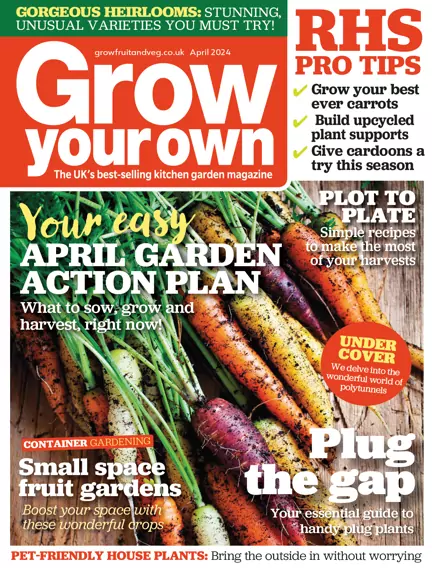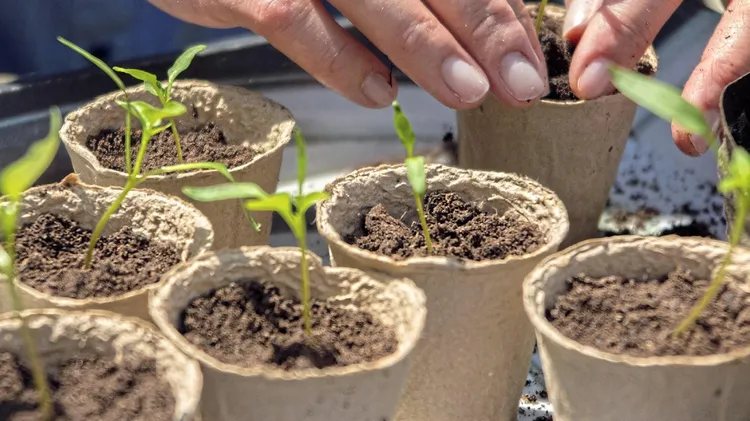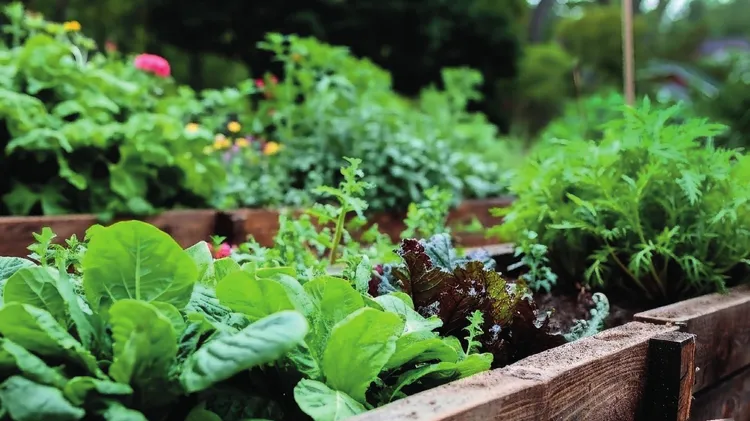Katherine Liu, Horticultural Advisor, sha
Rhs technique: creative and sustainable veg supports
3 min read
This article is from...
Read this article and 8000+ more magazines and newspapers on Readly






